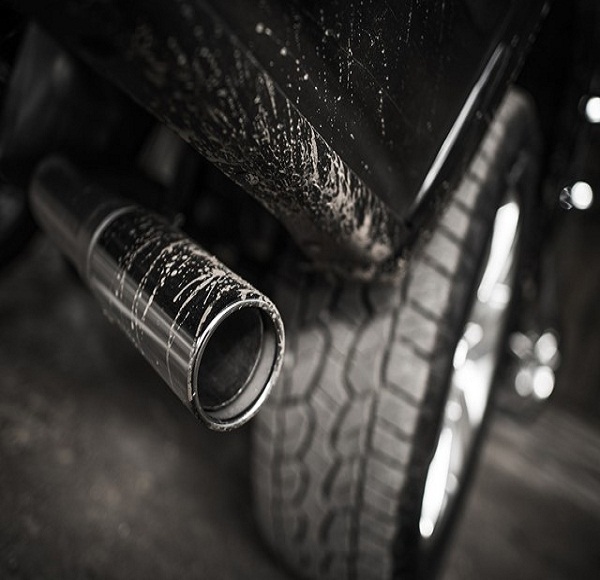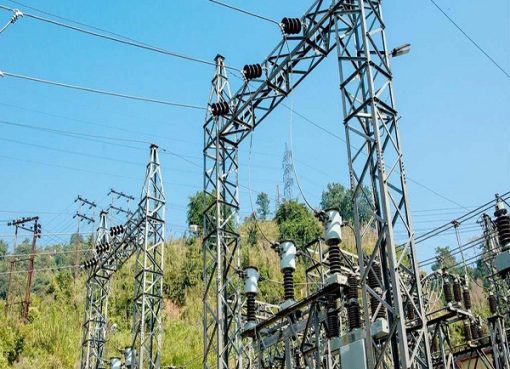Urban air quality could be improved with a system of sensors designed to detect roadside emissions from high-polluting vehicles alongside an enforcement programme to inspect and repair those vehicles.
Vehicle emissions are the most significant source of air pollution in the urban environment worldwide, impacting the climate and the health of millions of people.
A recent study found that improving air quality can slow cognitive decline and reduce the risk of developing dementia in adults while another showed that the number of people in the US suffering from heart attacks fell during the Covid-19 lockdowns, as air quality improved due to lower traffic.
Reducing air pollution is also a key target of the United Nations sustainable development goals.
“Car exhaust fumes contain poisonous gases such as carbon monoxide, nitrogen oxides, and particulate matter that cause lung cancer, heart failure, asthma and other diseases,” said co-author of the new study, Professor John Zhou from the University of Technology Sydney (UTS).
“Remote-sensing equipment uses a sensor and light beam to measure chemical concentrations in the exhaust as a vehicle drives past. A camera records the licence plate, so vehicles can be identified for inspection and repair.”
Although new cars are required to meet emissions standards, older cars, those with high mileage, and cars that have been modified or not well maintained, can malfunction and have significantly higher emission levels, leading to high levels of air pollution.
The UTS researchers analysed the accuracy and effectiveness of Hong Kong’s remote-sensing enforcement programme.
They examined data from the start of the programme in September 2014 to December 2018, which included around 2.9 million vehicle counts from over 150 monitoring sites. They also looked at air-quality monitoring and chassis dynamometer testing data.
In total, 16,365 high-emitting LPG and petrol vehicles were identified by remote sensing and issued with emission test notices. Among them, 96.3 per cent of the high emitters were successfully repaired and subsequently passed the Hong Kong Transient Emission Test (HKTET).
Only 1.4 per cent of vehicles failed the HKTET, and 2.3 per cent of vehicles did not take the test, causing the cancellation of 558 vehicle licences.
The study found that Hong Kong’s remote-sensing enforcement programme led to a significant and continuing reduction in the level of harmful chemicals at the roadside and in the wider atmospheric environment.
“This is the first study of its kind to link on-site measurement of vehicle emissions with follow-up actions for repair of the high-polluting vehicles. It provides insights for policymakers not just on monitoring but also implementing enforcement programmes,” said first author Yuhan Huang.
“Targeting the small portion of high emitters for vehicle emission control significantly reduces the repair cost and time for both the government and vehicle owners, compared to passive sampling or periodic inspection.”
The worst high emitters were more than 10 times over the limit for carbon monoxide and nitrogen oxides. Older vehicles were more likely to fail the emissions standards, although some newer vehicles also failed.
In October, London Mayor Sadiq Khan expanded the city’s Ultra Low Emission Zone (ULEZ), which sees older, more polluting vehicles, charged more to enter the centre.
Source: E&T










